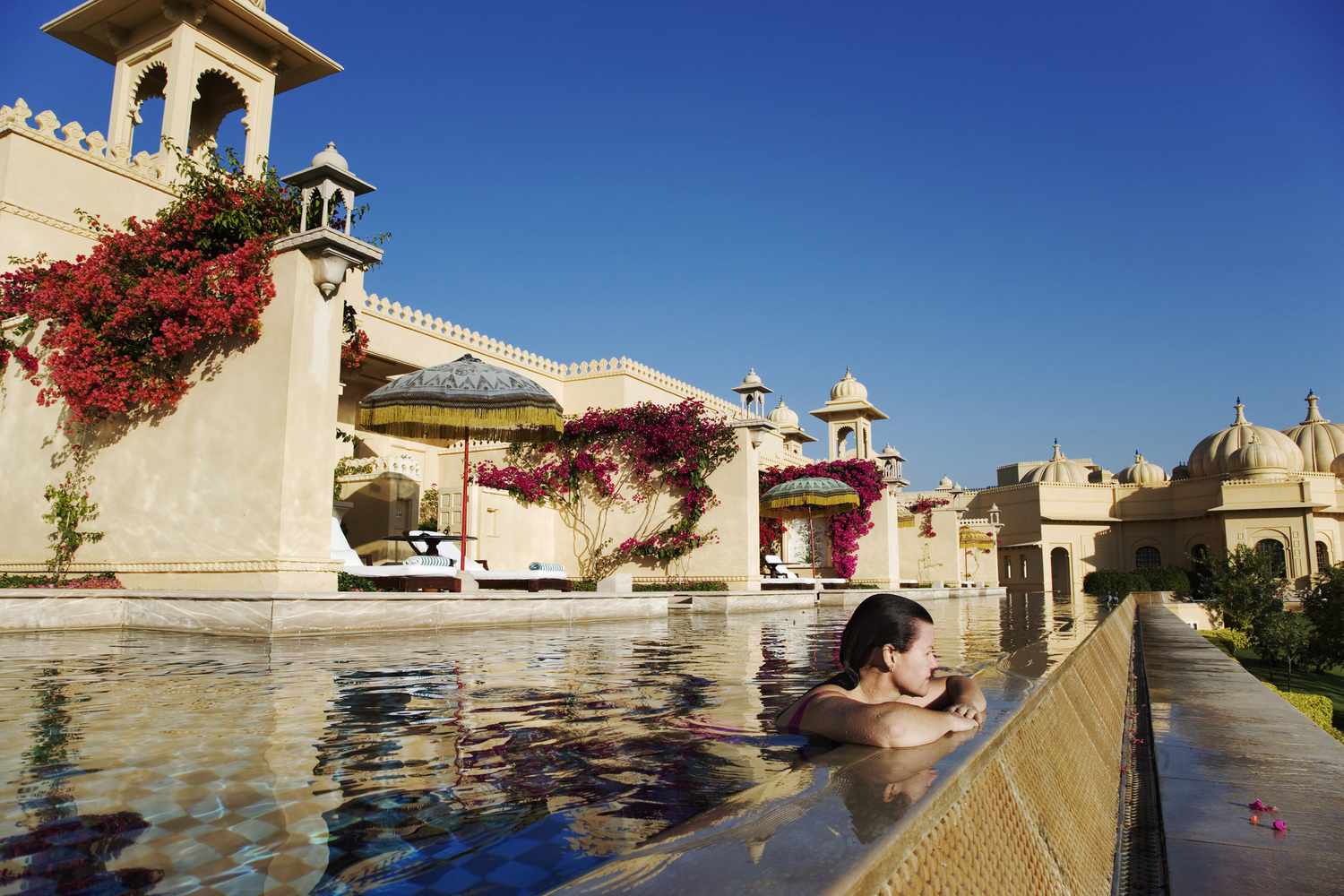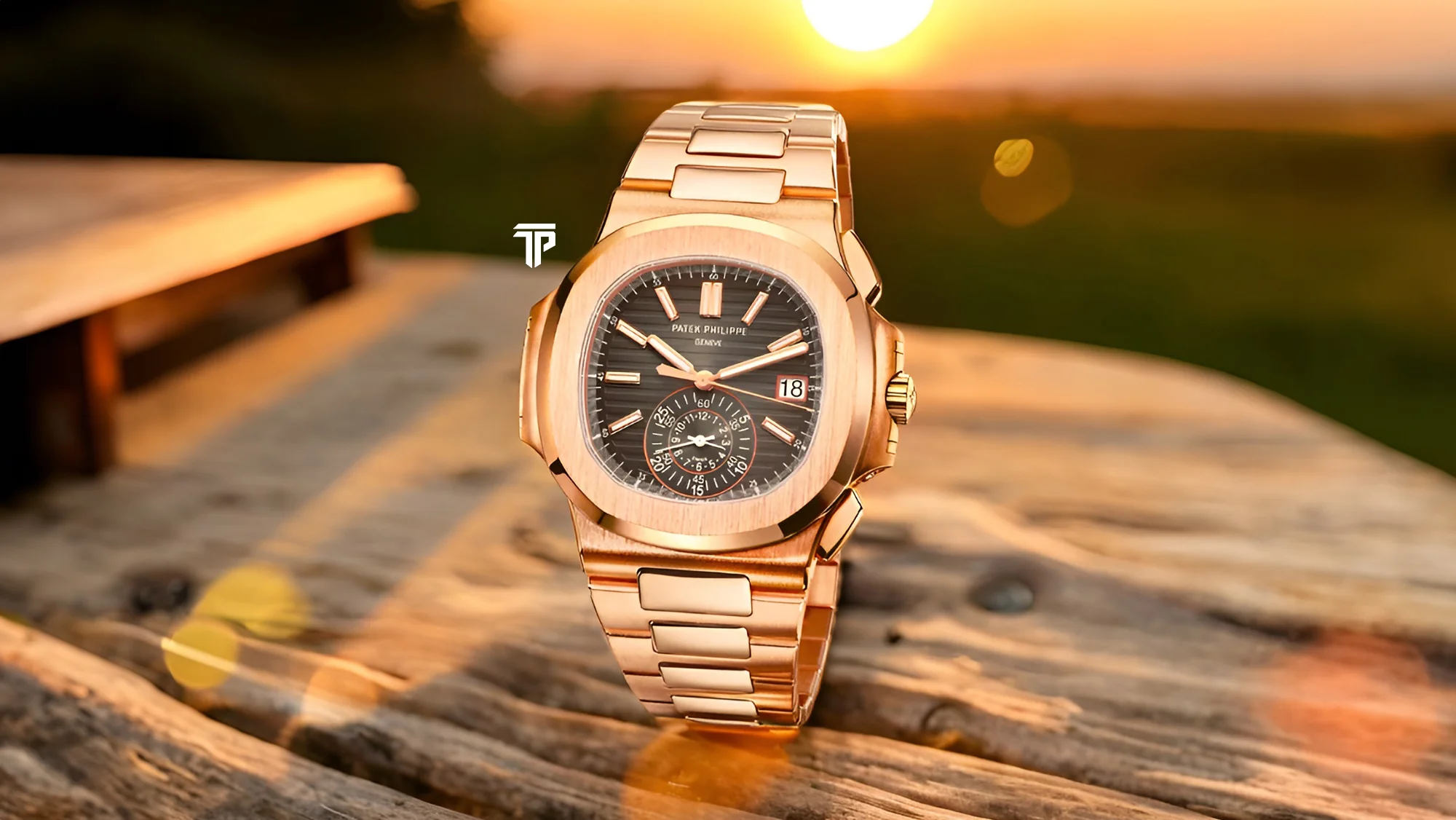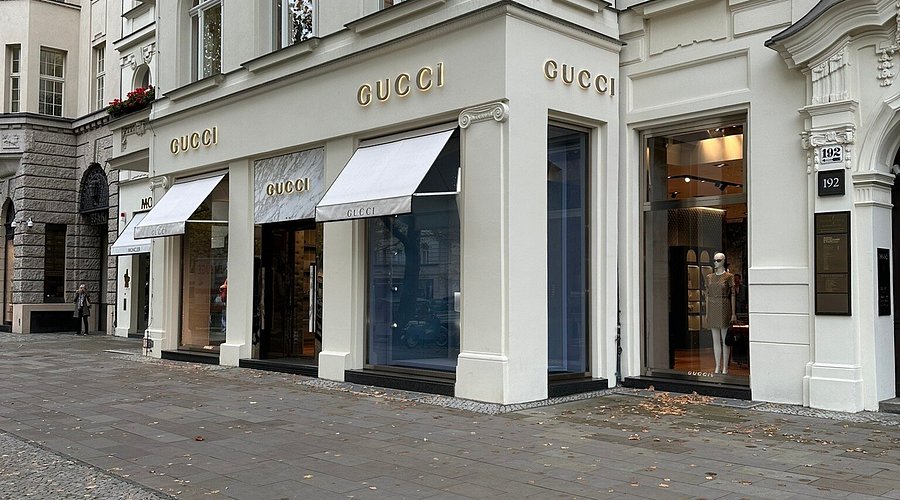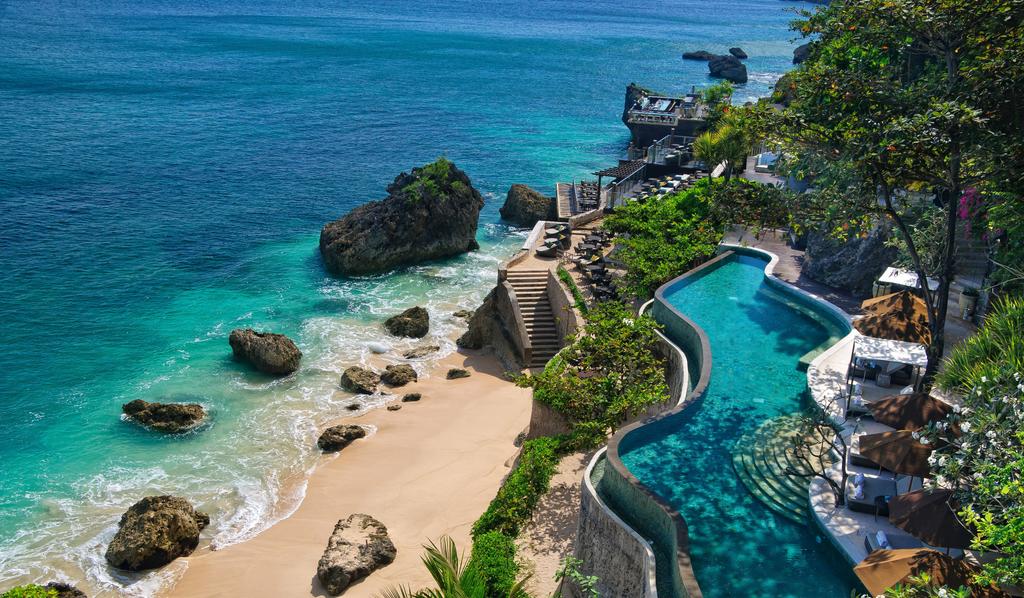Why the Ultra Wealthy Are Turning Their Estates into Micro Nations of Solitude
By
John Carter
Last updated:
October 20, 2025
First Published:
October 20, 2025

Getty Images
The Concept of Self-Contained Estates
In recent years, the ultra wealthy have increasingly viewed their estates not just as homes but as autonomous spaces. These private enclaves function almost as independent micronations, offering complete control over environment, security, and lifestyle. This approach allows individuals to live according to their own rules without external interference, merging luxury with sovereignty.
Architecture as Authority
Estates are meticulously designed to reflect both taste and strategic autonomy. Expansive layouts include private roads, multiple security perimeters, and self-sufficient energy systems. Architecture in these spaces emphasizes both aesthetics and operational independence, creating environments where occupants are insulated from the uncertainties of the outside world.
Controlled Ecosystems
Many estates now feature fully managed ecosystems, including private water sources, organic gardens, and renewable energy grids. By controlling these elements, owners reduce reliance on external infrastructure and enhance sustainability. These estates are not merely homes; they are complex, self-sufficient systems that support lifestyle, comfort, and independence.
Seclusion as Luxury
Solitude has become a rare and highly prized form of wealth. Privacy is carefully curated through geography, security, and landscape design. High walls, natural barriers, and limited access points ensure that occupants can live without intrusion. The ability to exist undisturbed has emerged as a central criterion of modern affluence.
Art and Culture in Isolation
Art, libraries, and cultural collections within these estates often rival those of public institutions. Private galleries, performance spaces, and curated libraries allow for personal engagement with culture. These features demonstrate that isolation does not equate to deprivation; rather, it offers the freedom to experience the finest things on one’s own terms.
Wellness and Personal Development
Self-contained estates frequently include wellness facilities such as private gyms, meditation rooms, spas, and even learning studios. These spaces are designed to cultivate physical and mental health, intellectual curiosity, and personal growth. In this sense, isolation is transformed into a luxury that promotes holistic well-being.
Security Beyond Visibility
Security is integrated seamlessly into estate design. Advanced surveillance, biometric access, and discreet personnel allow for comprehensive protection without visible enforcement. Residents experience safety as an invisible luxury, one that preserves the serenity and autonomy of the space.
Hosting on Their Own Terms
These estates allow the wealthy to entertain selectively. Guests are invited according to precise criteria, and interactions are carefully curated. This form of hospitality ensures that social connections remain meaningful and aligned with personal values, rather than performed for public perception.
The Psychological Dimension
Living in a self-contained environment affects both perception and lifestyle. Residents report increased focus, creativity, and emotional stability, as they are free from the distractions and obligations that accompany conventional wealth. Micro nations of solitude create conditions where time and attention are fully under personal control.
The Future of Autonomous Luxury
As technology and wealth converge, these estates are likely to become even more self-sufficient and sophisticated. The next generation of luxury may prioritize autonomy and privacy above all else, signaling a shift in how society perceives power and influence. For the ultra wealthy, control over space, time, and environment represents the ultimate expression of affluence.
Subscribe to unlock premium content
Sed at tellus, pharetra lacus, aenean risus non nisl ultricies commodo diam aliquet arcu enim eu leo porttitor habitasse adipiscing porttitor varius ultricies facilisis viverra lacus neque.
A comprehensive guide on Agile development

10 Productivity tools that are worth checking out

Top 7 Must have management tools for productivity

A comprehensive guide on Agile development

10 Productivity tools that are worth checking out

A comprehensive guide on Agile development









